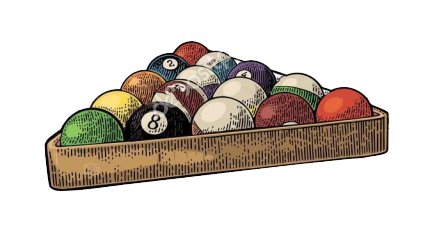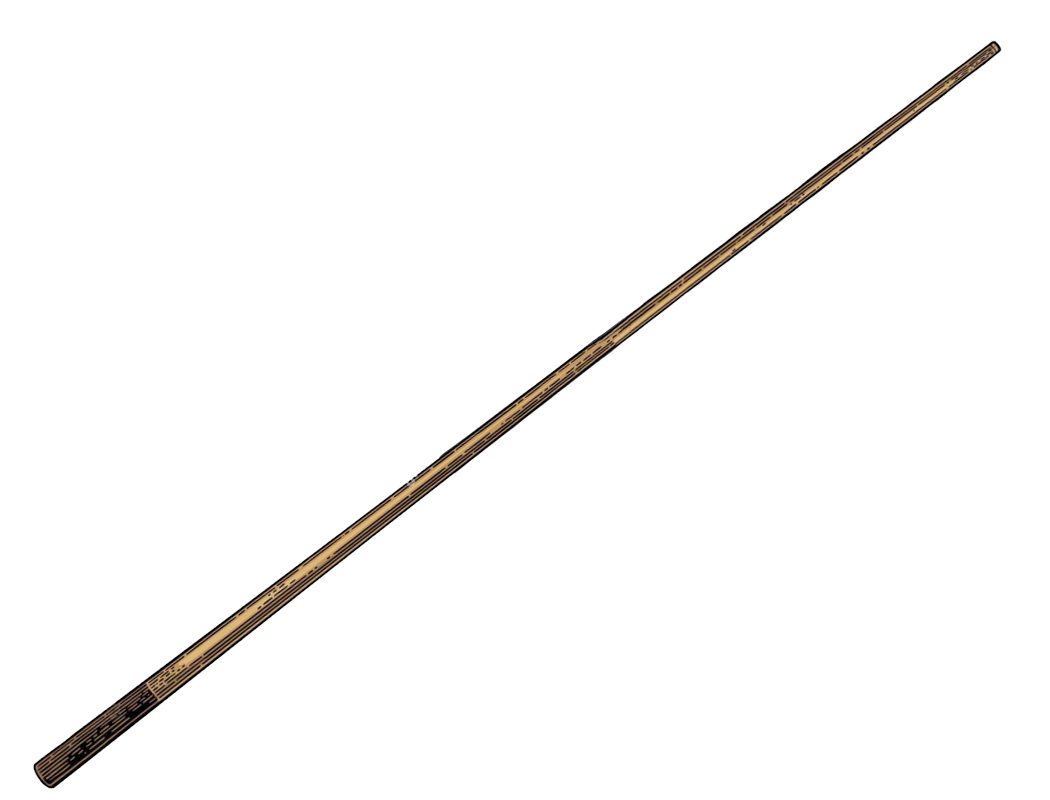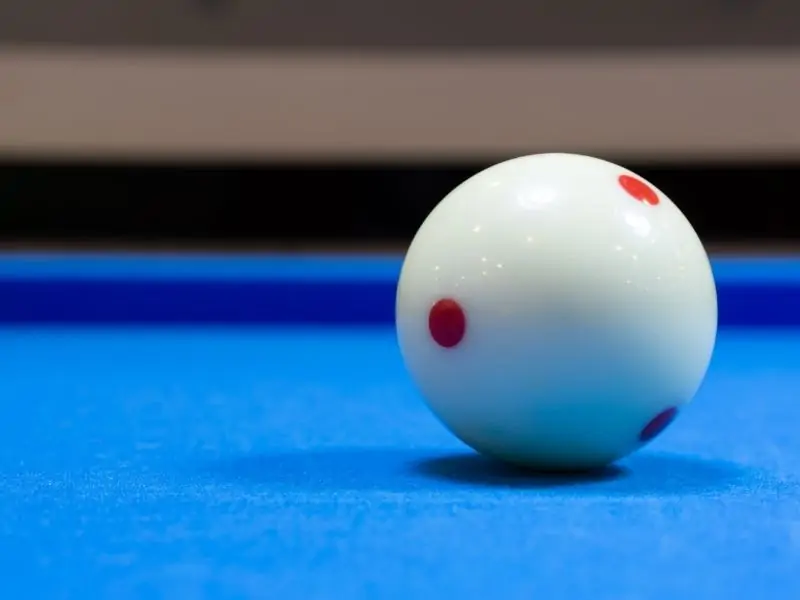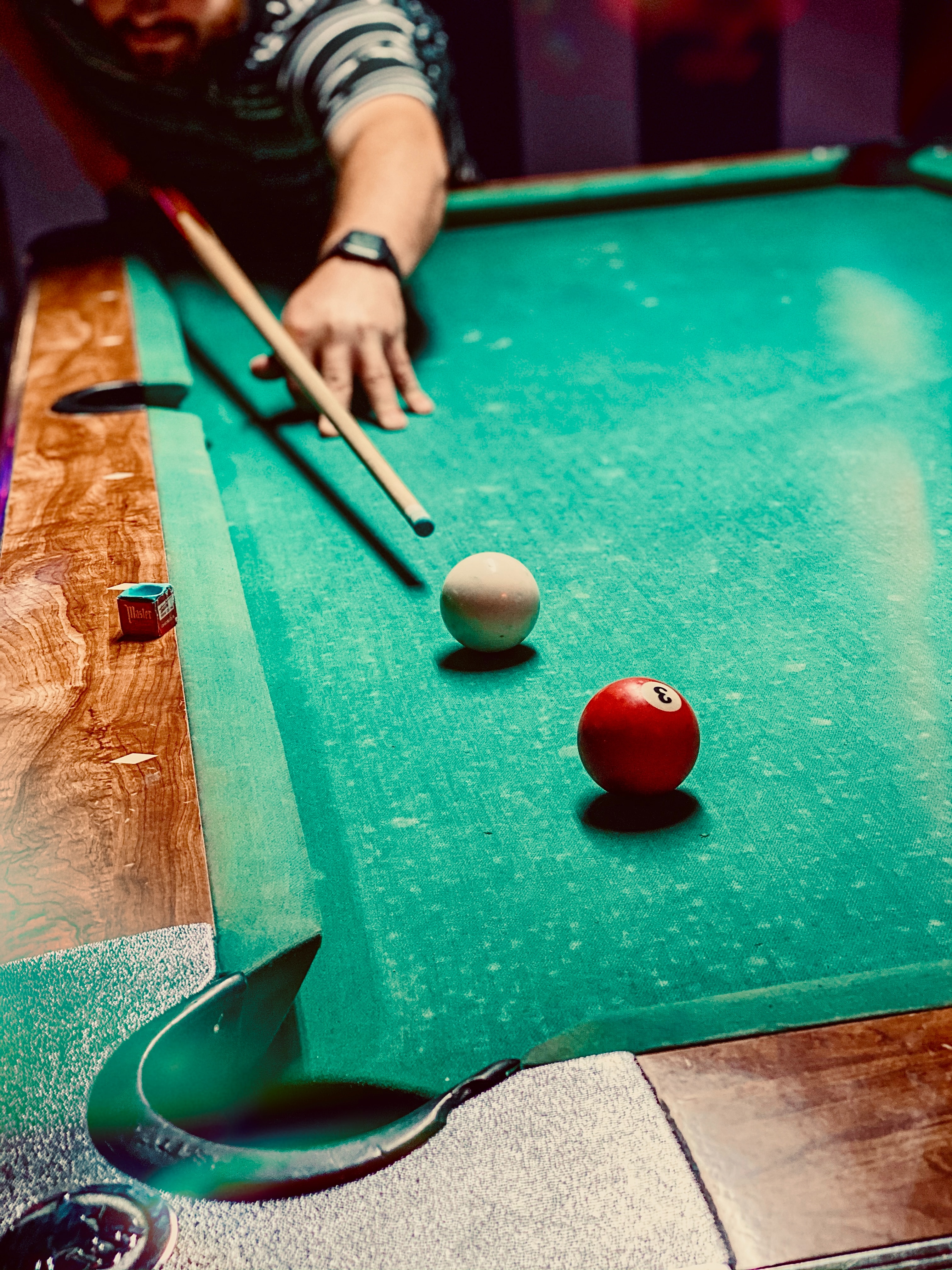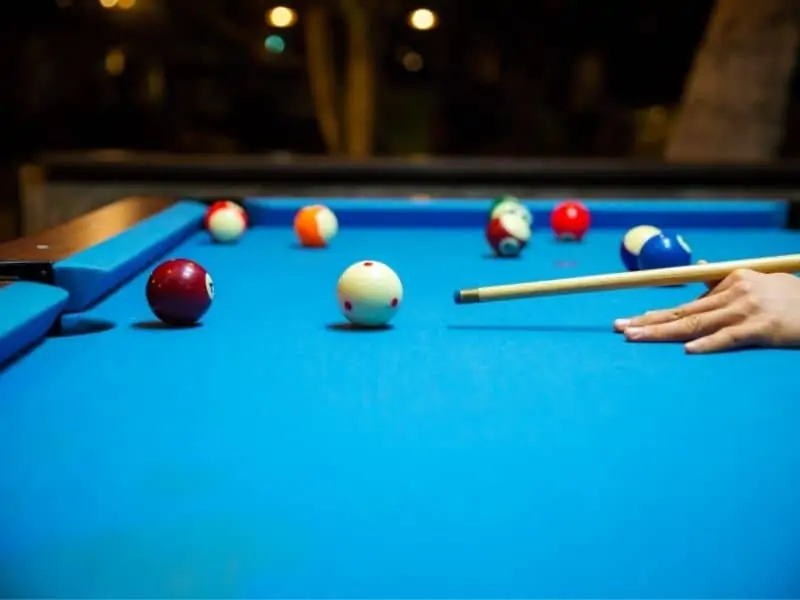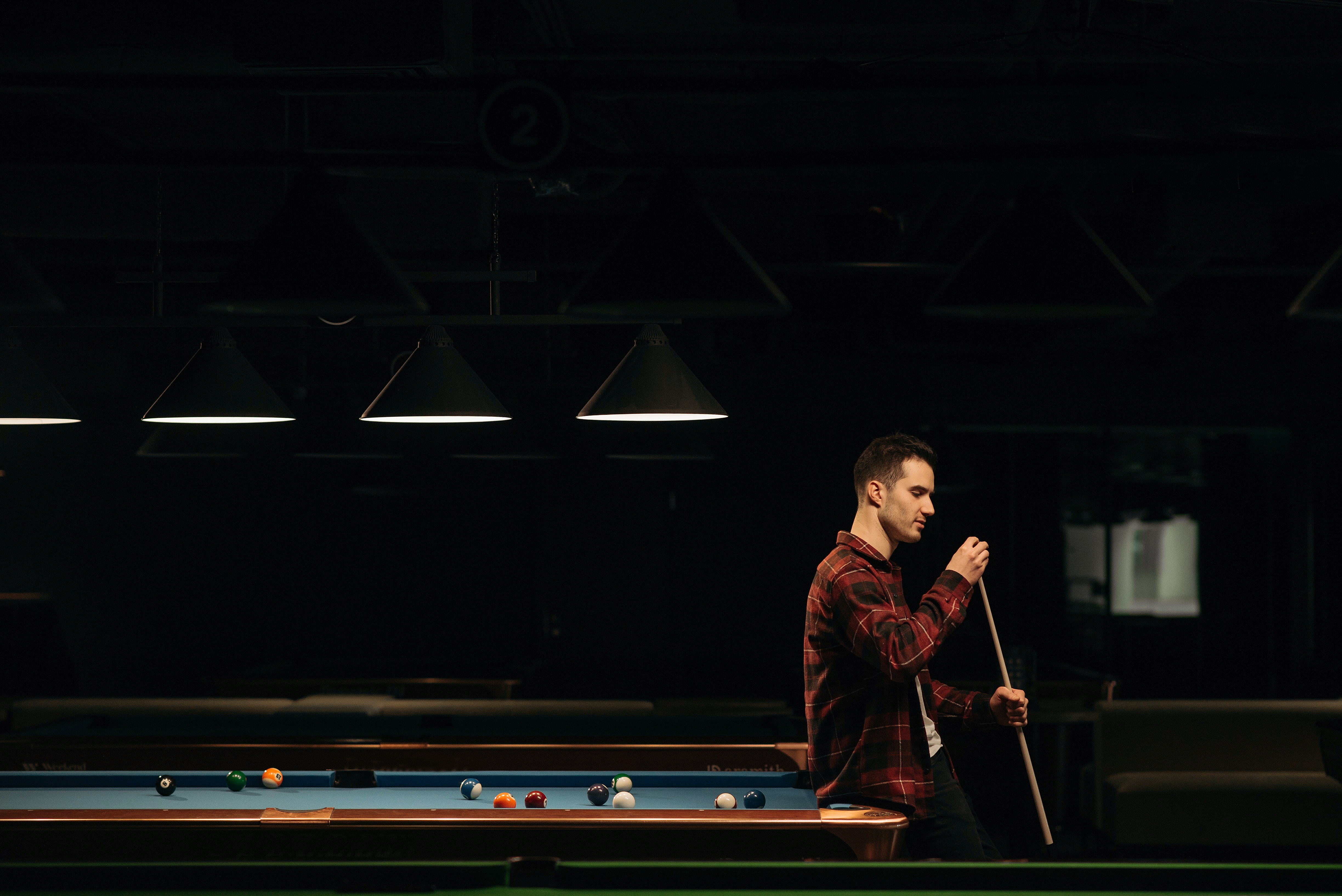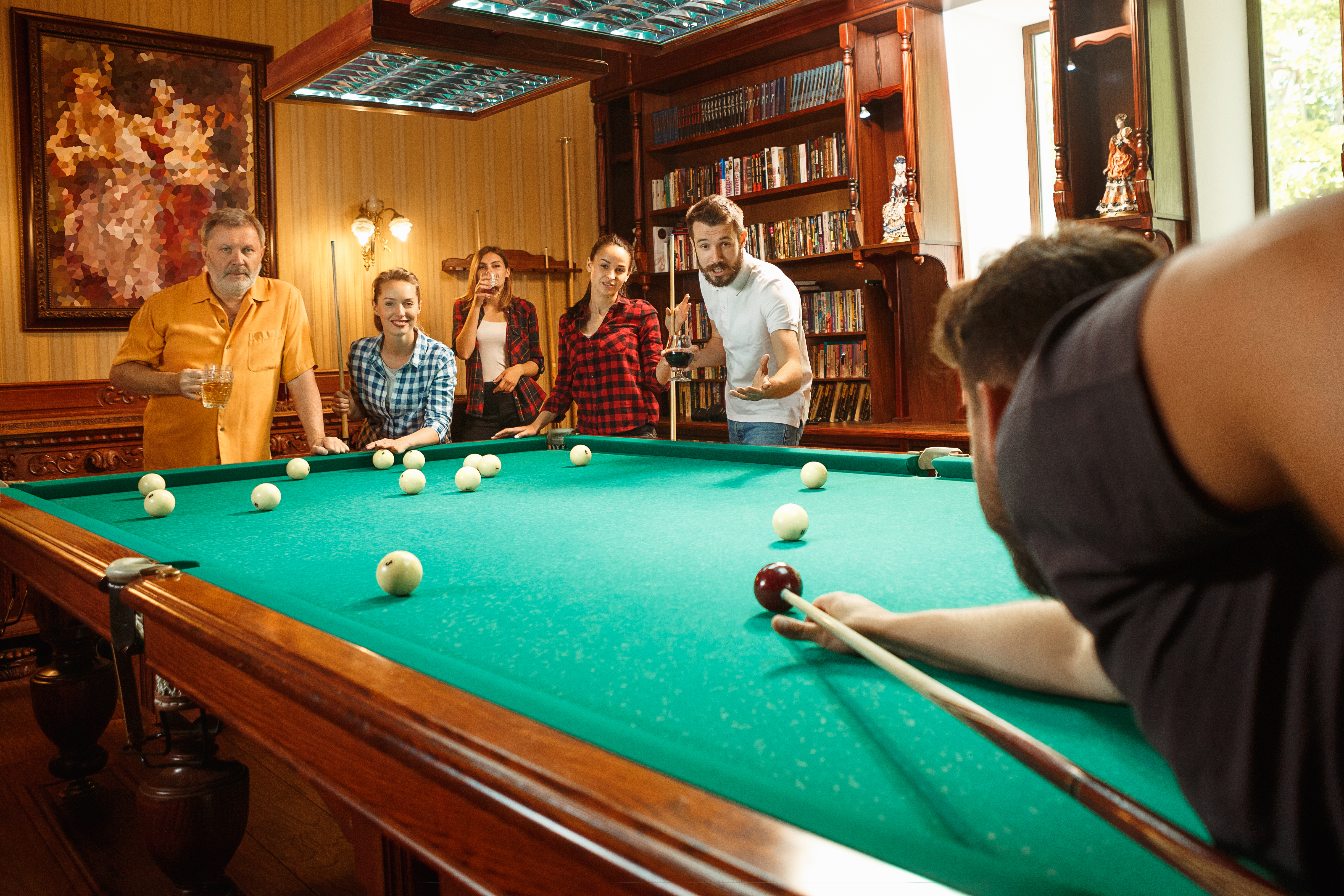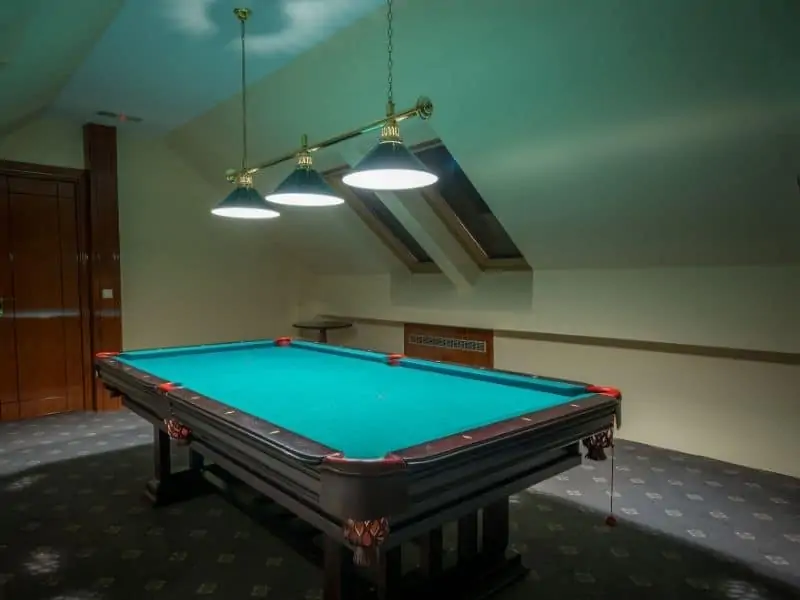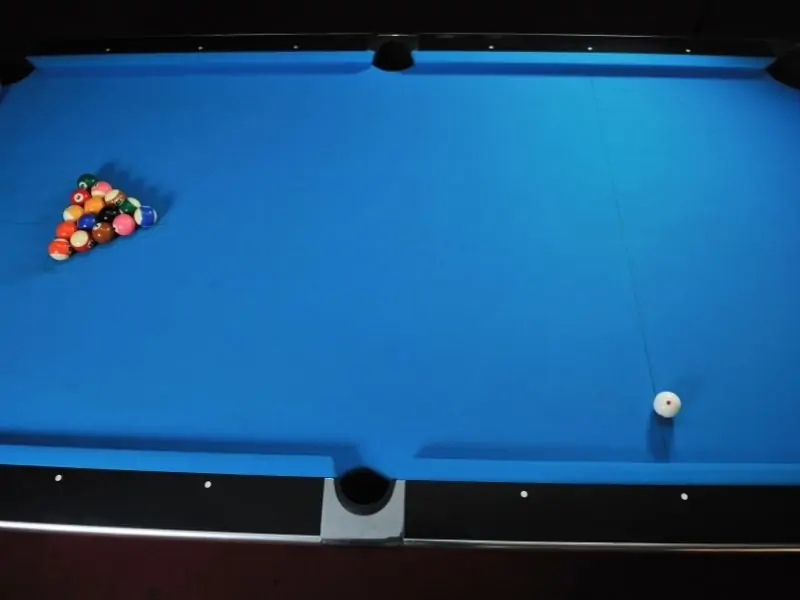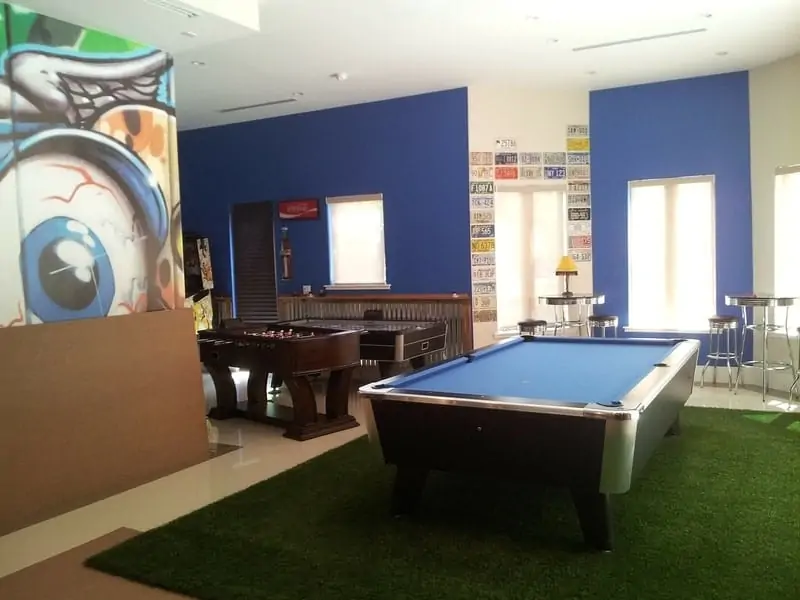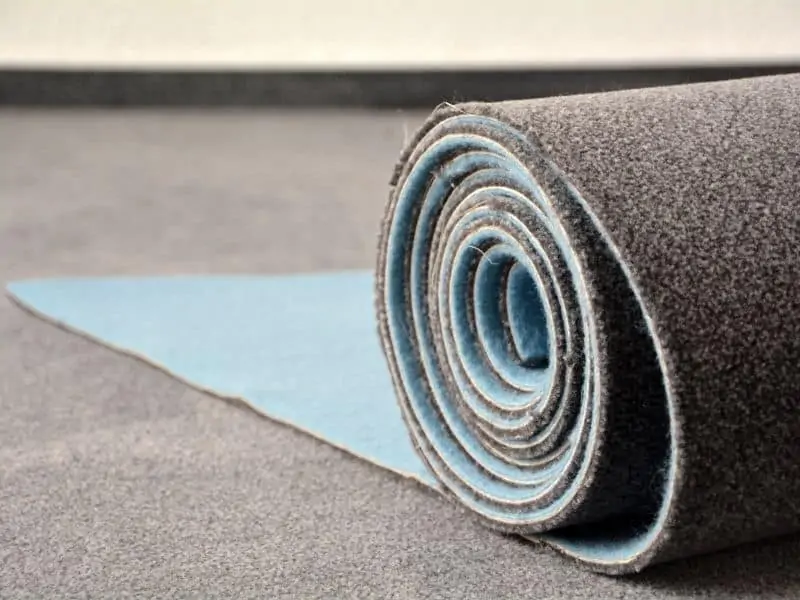If you go to the pool hall often enough, or watch pool tournaments on ESPN, chances are you’ve seen a cue ball with red dots on it. As odd as it may look, those red dots serve a purpose, and that cue ball has a name.
A cue ball that has red dots on it is called a measles ball. The red dots allow players to visualize cue ball spin after a shot has been taken, thus serving as an effective visual training aid. A measles ball is only one of many different types of training cue balls available.
Using a measles ball can help improve your game. Plus, they’re not that expensive, so adding one to your arsenal of billiard equipment should be a no brainer…after you read this article, of course!
Benefits of Using a Measles Ball
Using a measles ball allows you to easily see the rotation of the cue ball. This helps you pick up on any shot inconsistencies or flaws in your stroke that you may not be able to see with a standard cue ball. Furthermore, using a measles ball allows you to observe the effects of sidespin, topspin, and backspin, all of which are crucial for cue ball control.
That being said, using a measles ball can certainly help make you a better player. Being able to pick up on mistakes that you’d normally miss can go a long way towards improving your skills at the table. And being able to visually observe the effects of topspin, backspin, and sidespin (English) is a huge benefit for anyone who takes pool seriously.
Who Makes the Measles Ball?
There are many different billiard ball manufacturers who make their own version of the measles ball, the most popular being Aramith. Aramith makes high quality billiard balls that are used by professionals and in tournaments worldwide. If you’ve seen a measles ball being used during a televised tournament, chances are it was an Aramith.
You can purchase your own Aramith measles ball on Amazon for a little under $40. Admittedly, the price is a little high when compared with those made by other manufacturers, but the quality is unmatched. The phenolic resin used in Aramith pool balls gives them a lifespan of five times longer than those made from other materials such as polyester resin.
The Psychology Behind the Red Dots
While the technical advantages of using a measles ball in billiards are clear, there is another dimension to consider—the psychological effects it has on players. These effects are not necessarily exclusive to the measles ball; they can apply to other types of training balls as well. However, the measles ball’s distinct appearance with red dots makes it particularly notable in this regard.
Increased Focus and Awareness
The red dots on a measles ball draw the player’s attention to the ball’s movement. This visual stimulus helps to heighten the player’s focus on the cue ball, almost forcing them to pay closer attention to their shots.
The distinctive, contrasting red dots serve as a constant reminder for the player to be mindful of the spin they are applying. This heightened focus can lead to increased awareness of their playstyle and a more engaged and mindful practice session.
Confidence and Comfort
For some players, using a measles ball can boost confidence. Seeing the precise effects of their spin and understanding how their actions translate to the ball’s movements can be immensely satisfying. This visual feedback loop can create a sense of mastery and control over the ball, which, in turn, can lead to improved self-confidence in one’s playing ability.
Additionally, consistent practice with a measles ball may create a sense of comfort and familiarity for the player. As they grow accustomed to the visual cues the red dots provide, players may find it easier to visualize their shots, even when they switch back to a standard cue ball.
This comfort and familiarity may help to ease nerves in competitive settings, as players can rely on their extensive experience with the measles ball to inform their play under pressure.
Potential for Over-reliance
On the flip side, there is the potential for players to become overly reliant on the visual cues that a measles ball provides. Some players might find it challenging to switch back to a standard cue ball after extensive practice with a measles ball, as they have become accustomed to the additional visual feedback.
In these cases, it is essential for players to balance their practice sessions between the measles ball and the standard cue ball to ensure that they are not becoming overly dependent on those red dots.
Related Article: Are Aramith Pool Balls Worth the Money?
If you do decide to purchase a measles ball and plan on taking it with you to the pool hall, be sure to protect your investment by keeping it in a case. This cue ball case by Ballsak is perfect.

Other Types of Training Cue Balls
Of course, there are other types of training cue balls available. One of the most popular ones being theJim Rempe Training Cue Ball. One side of it is geared towards beginner players with the opposite side geared towards advanced players. It even comes with a 56 page instruction manual showing you how to get the most out of it. Its also made by Aramith, so quality is top notch.

Other Articles You May Be Interested In:
Best Pool Cues for the Money: Discover the top pool cues that offer great value without breaking the bank.
Pool Table in the Garage? Here’s What You Need to Know: Understand the essential considerations for setting up a pool table in your garage.
Break Cue vs Playing Cue: What’s the Difference?: Learn the key differences between break cues and playing cues to enhance your game.
How Much Does a Good Pool Cue Cost?: Explore the factors that determine the cost of a high-quality pool cue.
Are Mini Pool Tables Worth It? A Complete Guide: Read our comprehensive guide on mini pool tables and decide if they’re the right fit for you.
